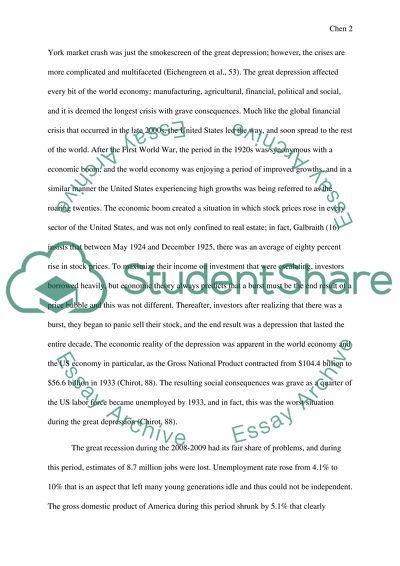Cite this document
(“Comparing the Great Depression to the Great Recession Essay”, n.d.)
Retrieved from https://studentshare.org/macro-microeconomics/1670497-comparing-the-great-depression-to-the-great-recession
Retrieved from https://studentshare.org/macro-microeconomics/1670497-comparing-the-great-depression-to-the-great-recession
(Comparing the Great Depression to the Great Recession Essay)
https://studentshare.org/macro-microeconomics/1670497-comparing-the-great-depression-to-the-great-recession.
https://studentshare.org/macro-microeconomics/1670497-comparing-the-great-depression-to-the-great-recession.
“Comparing the Great Depression to the Great Recession Essay”, n.d. https://studentshare.org/macro-microeconomics/1670497-comparing-the-great-depression-to-the-great-recession.


